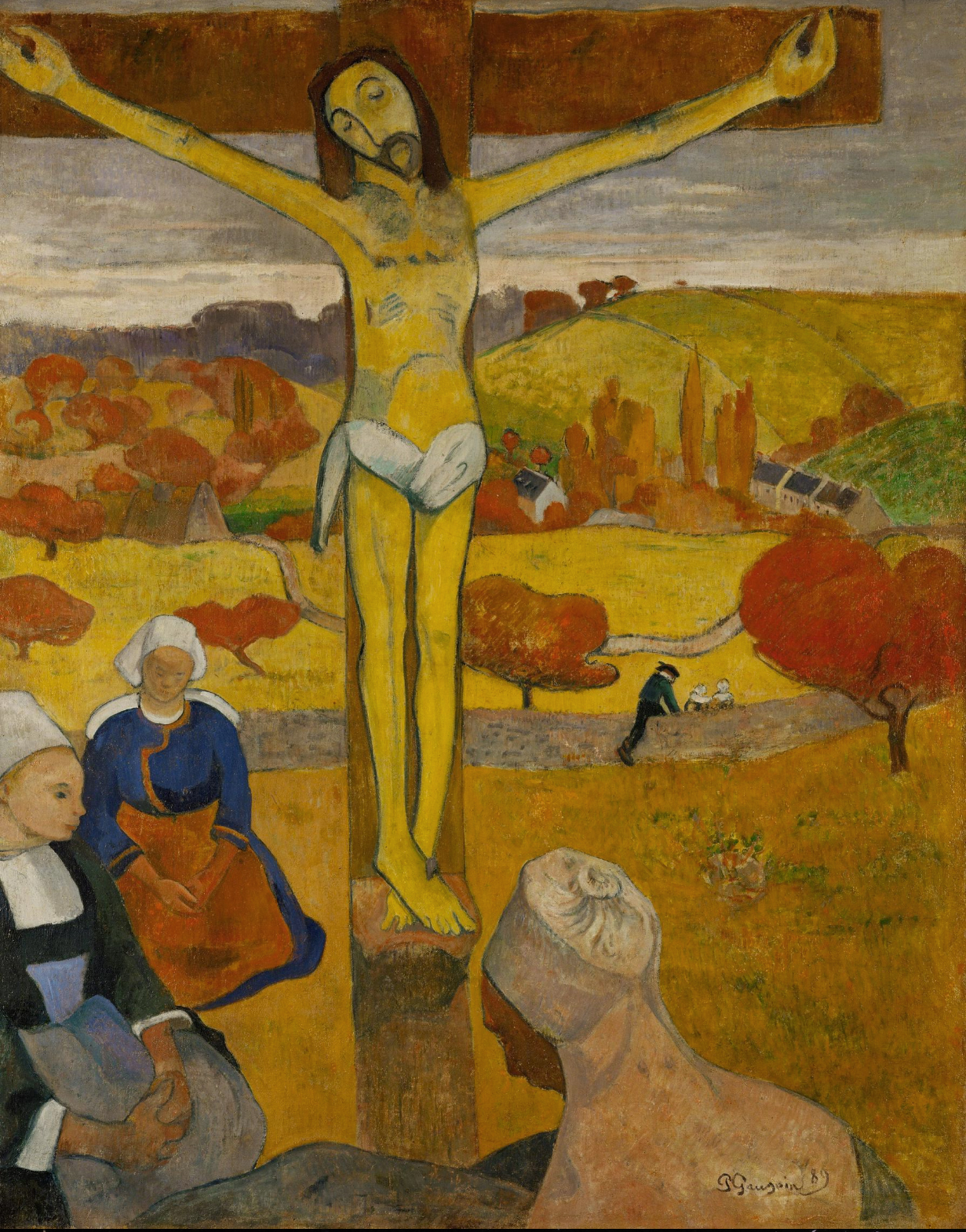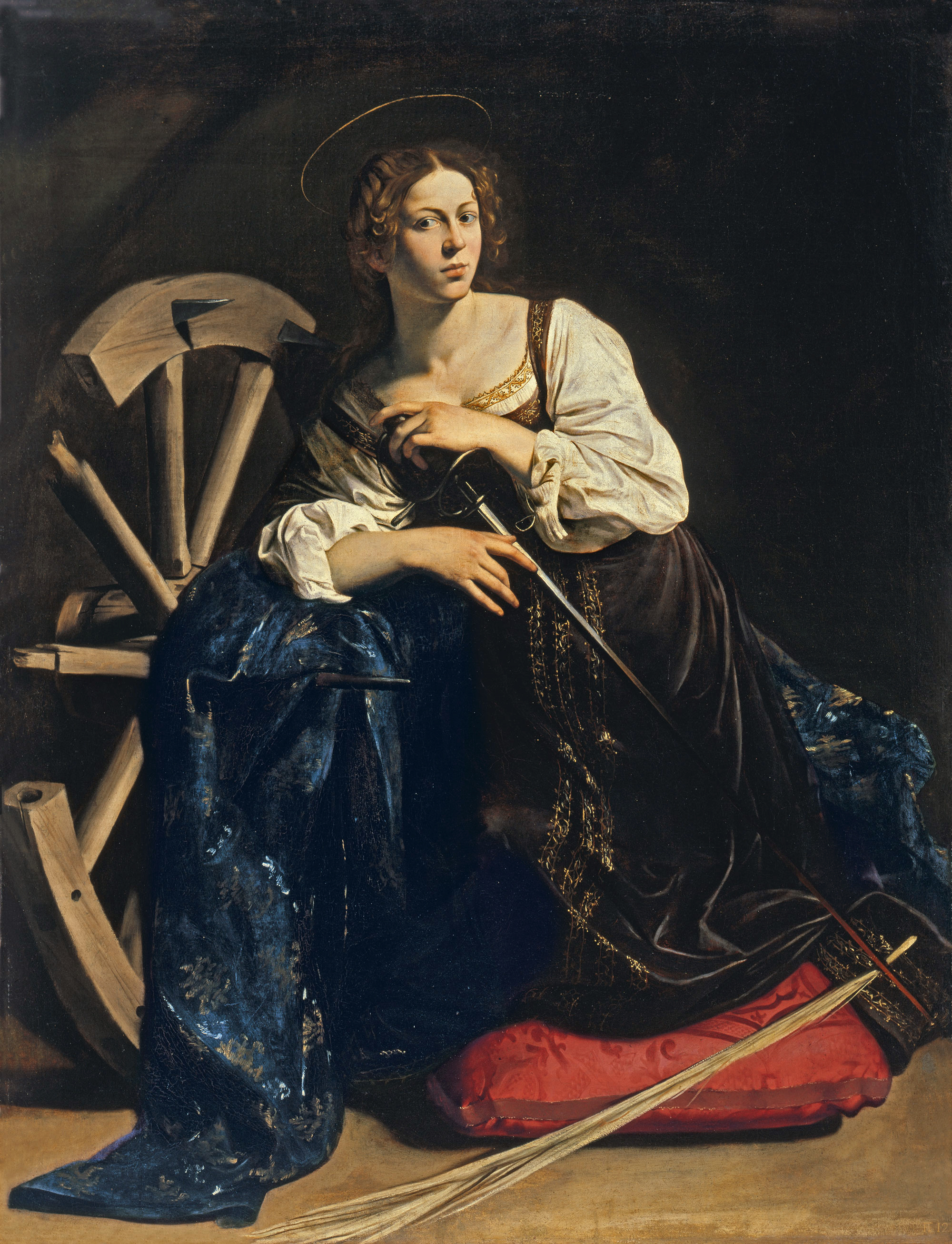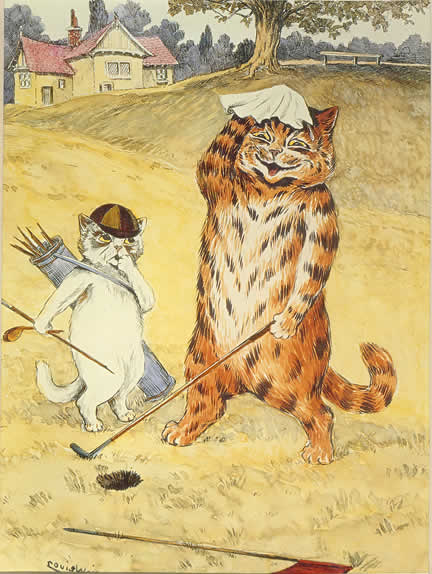I meet myself in the Diagnostic and Statistical Manual of Mental Disorders with tiresome regularity. The creative personality (and I’m no exception) is frequently impulsive, non-conformist, and motivated by what less-enlightened minds might call fantasy.
In the past, people actually understood that as a thinking pattern. Today, we define impulsivity and fantastical thinking as personality disorders. No child with this personality type will be allowed through school without being subjected to a program of therapy and drugs to ‘normalize’ him or her.
An exasperated educator once told my husband and me that they needed to prepare our kids for the “real world.” What does an educator know about reality? He works in a highly-regimented environment whose goals are not the goals of the larger world.
At the time, my husband was telecommuting with a Boston software start-up; I paint full time. Our “normal” wasn’t even in most people’s viewfinder. We didn’t have a typical life, but we certainly had a self-sufficient, productive and respectable one.
Our schools can’t cope with the creative kid who doesn’t fit into any mold. In the past, that child might have gone on to be a Bill Gates, Rachael Ray, or Ingvar Kamprad (founder of IKEA), but in the modern world, most avenues are closed to people without education.
Then there’s the question of what happens when something goes wrong. As a society, we have a knack for pathologizing absolutely normal human responses.
I have the personality of a terrier. I bite first and ask questions later; however, as with my dog, my instincts are usually spot-on. Like a watchdog, when things go wrong, I stay awake. Both times I have been sick, my first response was insomnia. That is commonly treated with antidepressants. I fell for that the first time, with awful results. This time, I’m recognizing my insomnia for what it is—a normal psychological reaction—and just enduring it.
Our ancestors used to formally identify the emotionally-bruised and set them apart so they didn’t have to experience the full thrust of human interaction. Nobody expected you to behave normally when you were traumatized, which in part obviated the need for antidepressants. Today we don’t even wear black to funerals; to wear it for a year after a loss is unthinkable. Yet, when one in ten Americans are taking antidepressants, one might conclude that unrecognized and unprocessed grief comes back to bite us.
Similarly, there is a lot to make us anxious in the modern world. Every adolescent I’ve ever known has in some degree suffered from an anxiety disorder, because the natural state of the adolescent is anxiety. Much of this is emotional noise and just needs to be waited out. It’s helpful to point that out to a kid; it’s not as helpful to tell him that he’s fundamentally flawed and can only function with drugs.
More seriously, post-traumatic stress disorder is what happens when a healthy human mind is traumatized. How, then, is it an illness? Is it not in fact a normal response to an intolerable situation? If so, does it not make sense that the human mind also has an answer to it in its own depths? How useful is it to tell its sufferers that they’re somehow irretrievably broken, especially since there’s no good comprehensive treatment for PTSD?
In the past—ironically enough—the deeply traumatized individual might have been guided to write or paint or otherwise express his or her fears through creative expression. Too bad that we now want to just wipe that out with drugs.
Let me know if you’re interested in painting with me in Maine in 2014 or Rochester at any time. Click here for more information on my Maine workshops!




